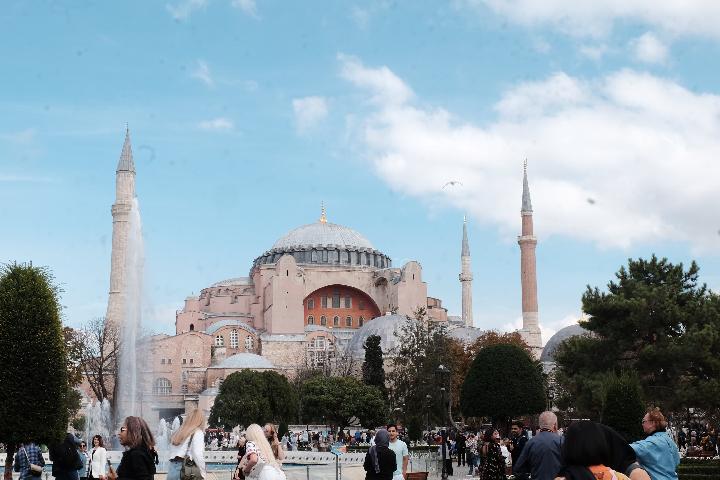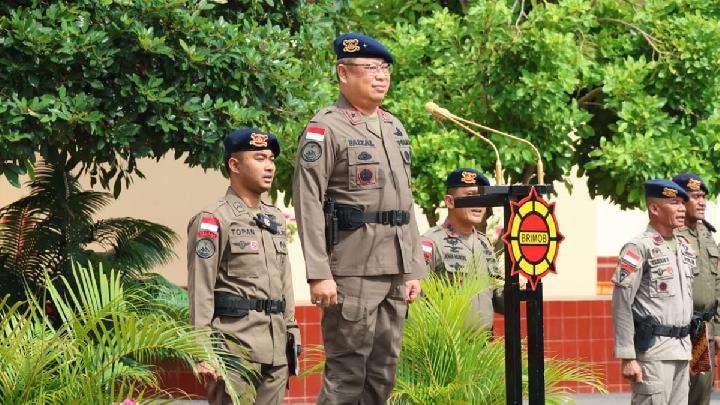Minister of Social Affairs Saifullah Yusuf described the flow of the digitalization of social assistance (bansos) or social protection (perlinsos) to be implemented by the Ministry of Social Affairs (Kemensos) starting from September 2025 in Banyuwangi, East Java. Saifullah explained three digitalization flows of bansos which consist of the upstream, middle, and downstream parts.
The man, familiarly called Gus Ipul, explained that the upstream part of digitalizing bansos is found in the data of bansos beneficiaries. He emphasized that the data would be updated through digital systems or technological instruments.
He mentioned that these technological instruments are part of the government program built by the National Economic Council (DEN). He said that the digital system would integrate all the beneficiary data.
He explained that the system includes digital population identity (IKD) and biometrics using facial recognition. These two systems will identify prospective beneficiaries. "This system will be able to reject and accommodate those who are indeed eligible for the aid," he said over the phone on Wednesday, August 27, 2025.
He said that the distribution of bansos would be carried out through Payment ID- as the downstream part of the digitalization flow of bansos. According to him, the technological instruments act as a mediator between the data and the Payment ID. "The middle part is the technological instrument and Payment ID is the downstream," he said.
He gave an example of the Payment ID flow through the Non-Cash Food Assistance (BPNT). According to him, the beneficiaries can only purchase rice through a barcode in the assistance.
Thus, the barcode allows the beneficiaries to only access necessities according to the bansos program requirements. He added that bansos is part of conditional transfer with clear conditions, one of which is through the barcode in the Payment ID. "The person can only spend with a specific barcode," he said.
The Director General of Population and Civil Registration of the Ministry of Home Affairs, Teguh Setyabudi, stated that they would verify and validate prospective perlinsos program beneficiaries through the Payment ID. He said there are two methods for verifying and validating data, namely through digital population identity and through field assistant agents.
Teguh conveyed that together with the National Economic Council, they would test two methods of aid distribution in September 2025. He said that each beneficiary must have an account for aid disbursement, whether they have a mobile phone or not. "This is an effort by Dukcapil to reform the Perlinsos program," said Teguh on Thursday, August 14, 2025.
The Executive Director for Policy Synchronization of DEN's Priority Economic Programs, Tubagus Nugraha, explained that people can apply for perlinsos through IKD authentication on the digital portal or through biometric/face recognition for those without mobile phones.
He hoped that IKD would facilitate people to access government digital services safely and integratedly. "Applications will be automatically processed using integrated cross-source data (including Payment ID) through the Government Service Connection System (SPLP)," said Tubagus on Wednesday, August 13, 2025.
The DEN expert, Rahmat Danu Andika, added that the biometric authentication process or face recognition for people without mobile phones could be done through field officers' devices. This is to ensure that all beneficiaries can still be served during the trial. "For beneficiaries without smartphones and unable to activate IKD," he said.
The Chair of DEN, Luhut Binsar Pandjaitan, previously estimated that the digitalization of bansos could reduce 34 million poor people during President Prabowo Subianto's administration. "A very significant reduction in the poverty rate if all of this runs," he said in a press conference in Jakarta, Tuesday, August 26, 2025, as quoted from Antara.
Meanwhile, the government through the Committee for Acceleration of Digital Transformation will implement the inaugural digitalization of bansos in Banyuwangi, East Java, starting from September 2025. This implementation is planned to be gradually expanded to other regions.
This implementation is one of the committee's focused agendas, namely the digitalization of bansos programs, digitalization of business permits, and the improvement of Digital Public Infrastructure (DPI) integration.
The digital system is designed to increase the accuracy of disbursement by reducing inclusion and exclusion errors and strengthening transparency and accountability. In addition, the digital system allows people to independently verify digital identities through the application.
The backend process will automatically run with cross-institutional data verification, starting from BPJS Health, BPJS Employment, BI-Himbara, ATR/BPN to Samsat.
However, referring to data from the Central Statistics Agency (BPS), the number of poor people in Indonesia as of March 2025 was 23.85 million. This number is smaller than the projected decrease in the number of poor people by DEN.
Antara contributes to the writing of this article.
Editor's Choice: Luhut Confident Digitalized Social Aid Could Lift 34 Million Indonesians from Poverty
Click here to get the latest news updates from Tempo on Google News

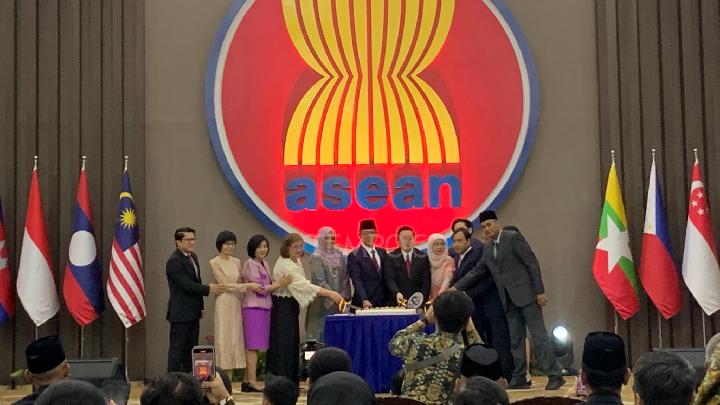





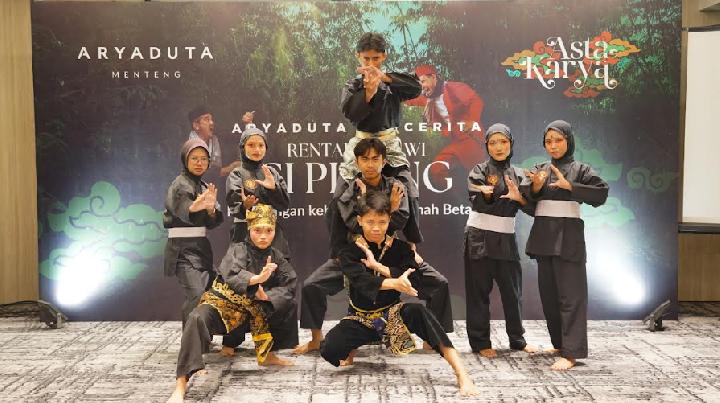

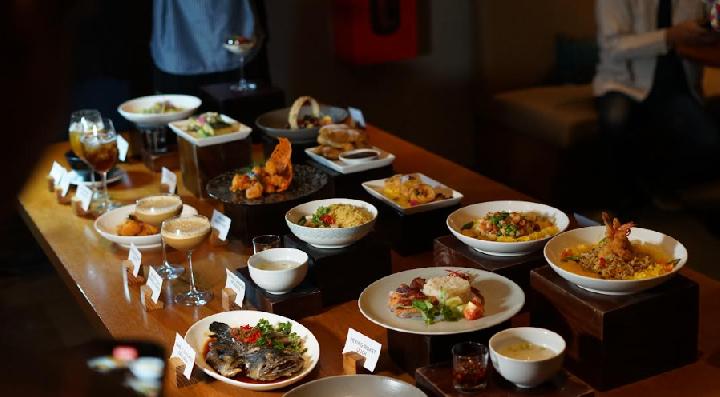
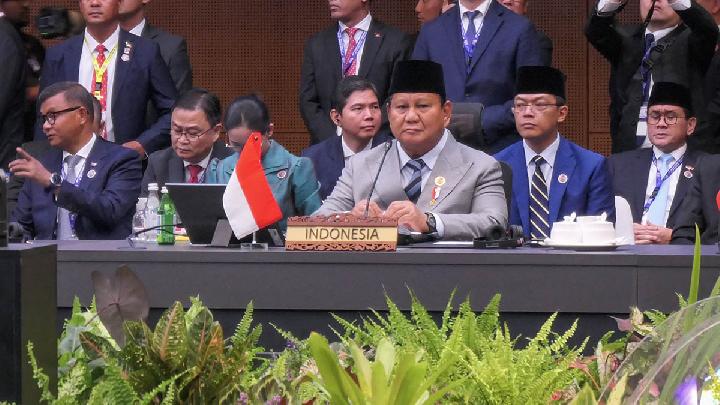
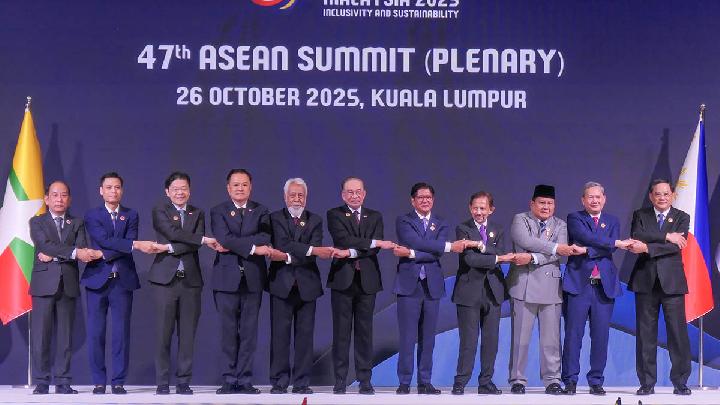

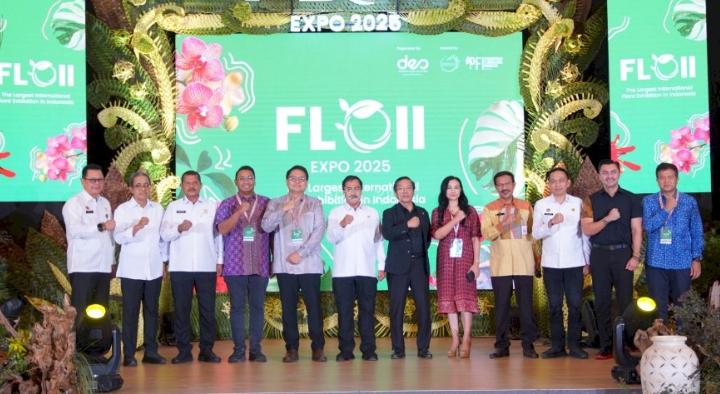
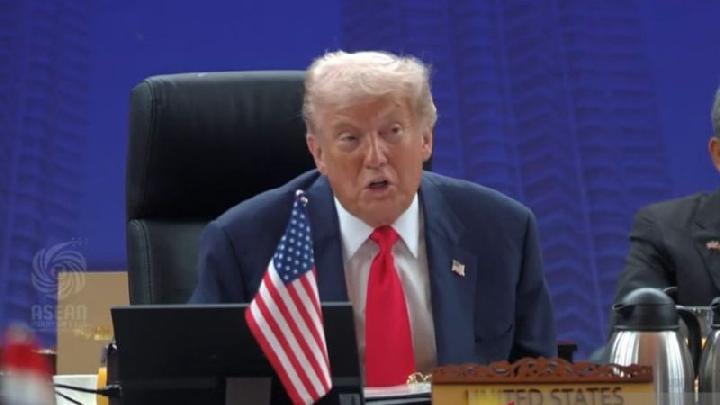

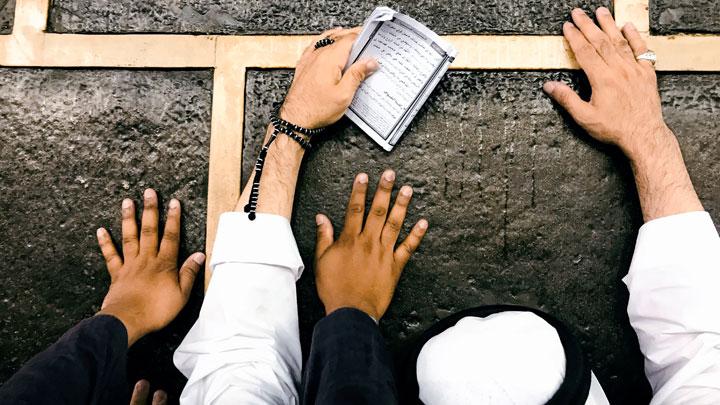

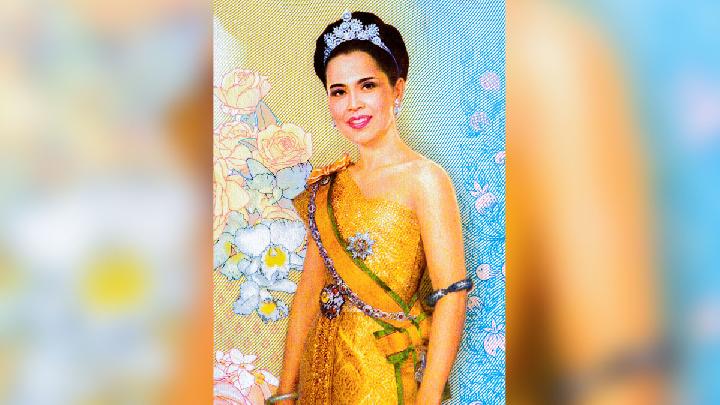













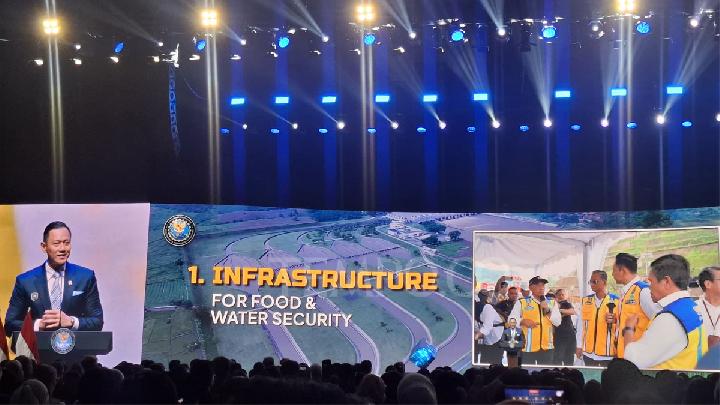
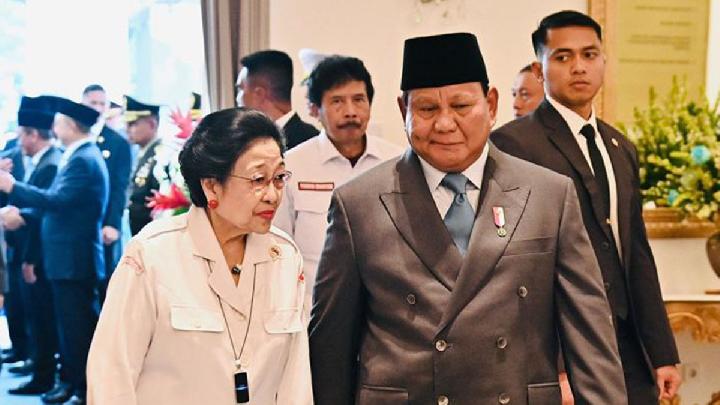

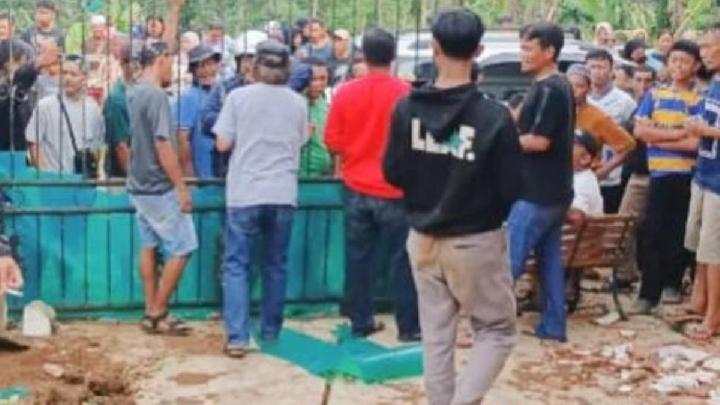

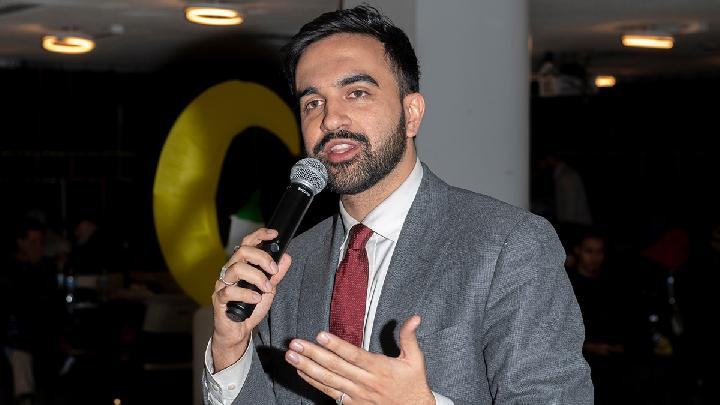
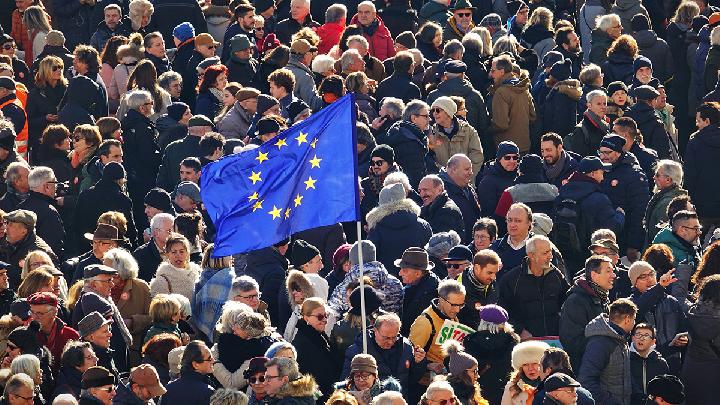

:strip_icc():format(jpeg)/kly-media-production/medias/4959986/original/038884300_1728016058-xavier-mouton-photographie-ry_sD0P1ZL0-unsplash.jpg)



:strip_icc():format(jpeg)/kly-media-production/medias/5096393/original/071176000_1737004609-Screenshot_2025-01-16_120239.jpg)
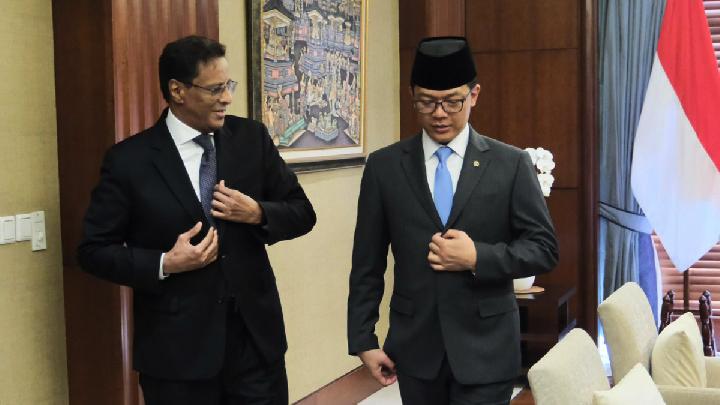
:strip_icc():format(jpeg)/kly-media-production/medias/3395224/original/007940700_1615106339-WhatsApp_Image_2021-03-07_at_8.41.57_AM.jpeg)

